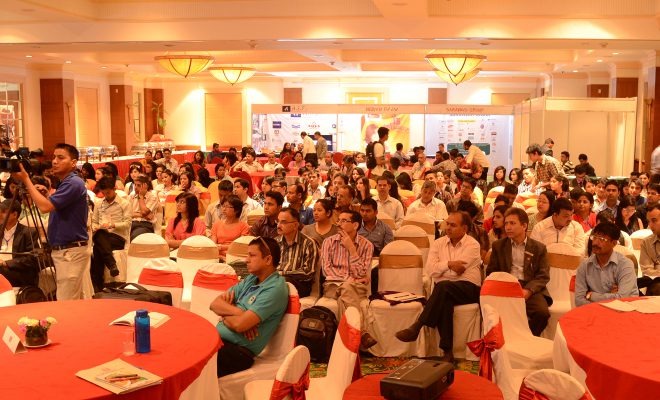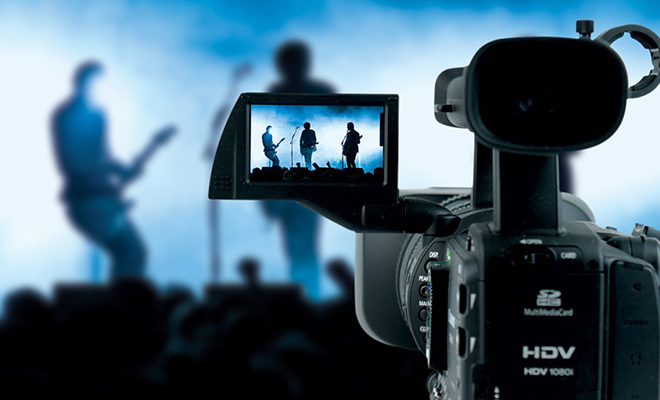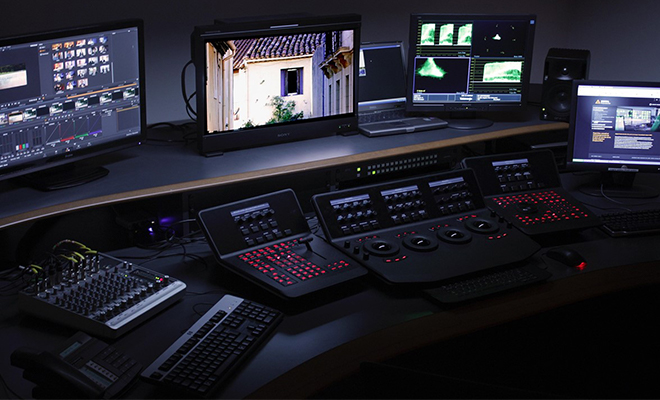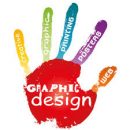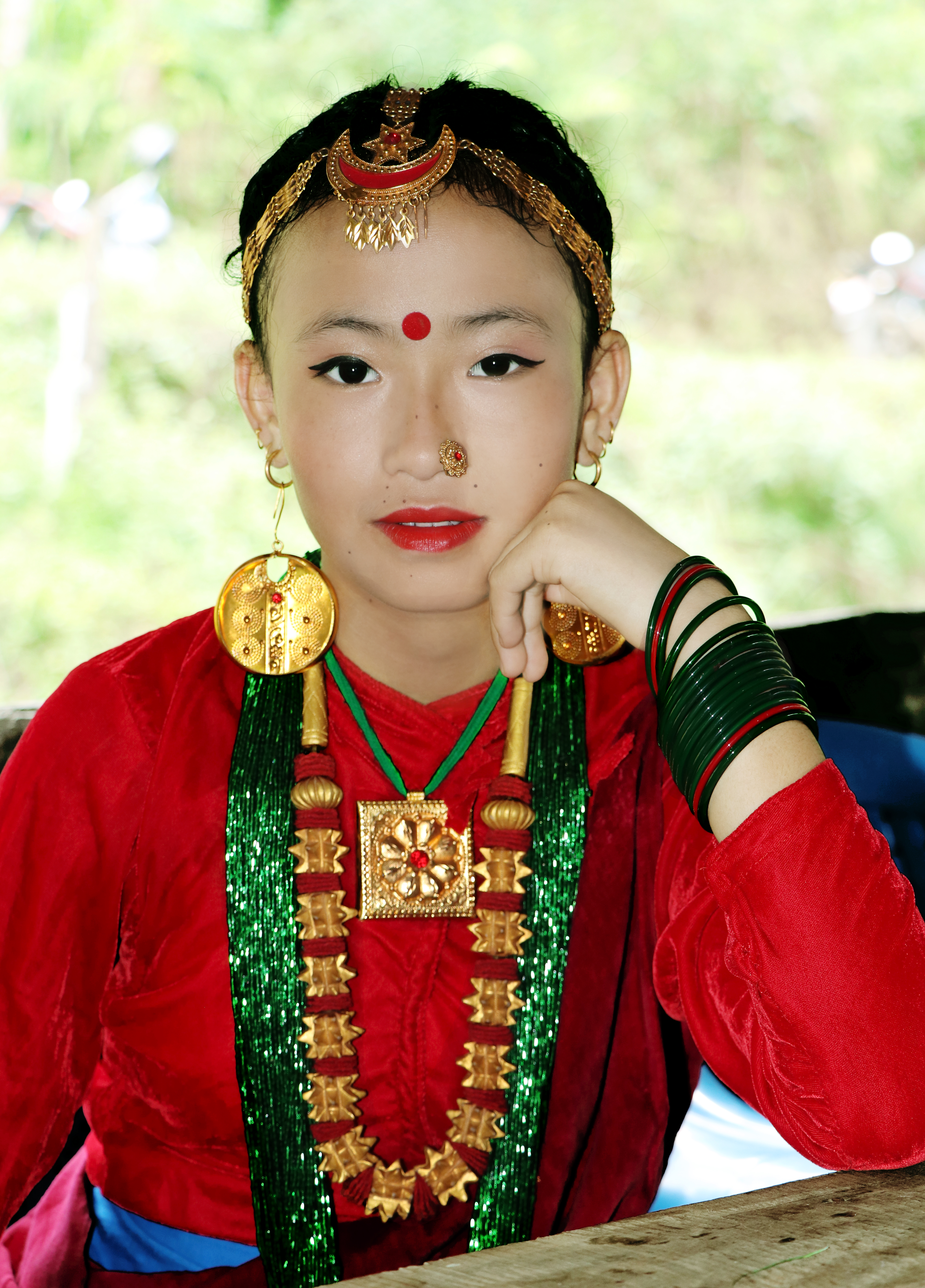Graphic Design-Services
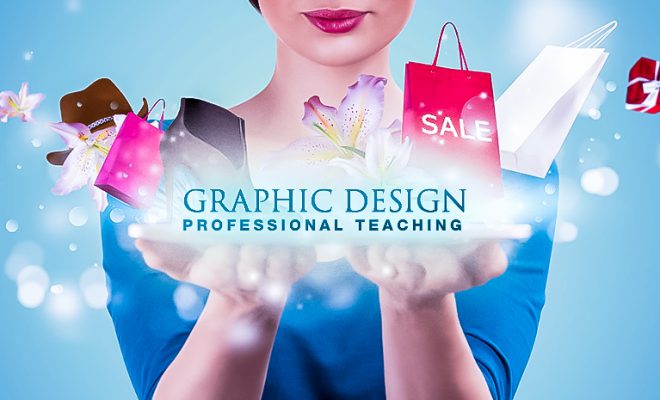
Graphic design is the process of visual communication and problem-solving using one or more of typography, photography, and illustration. The field is considered a subset of visual communication and communication design, but sometimes the term “graphic design” is used synonymously. Graphic designers create and combine symbols, images, and text to form visual representations of ideas and messages. They use typography, visual arts and page layout techniques to create visual compositions. Common uses of graphic design include corporate design (logos and branding), editorial design (magazines, newspapers, and books), wayfinding or environmental design, advertising, web design, communication design, product packaging, and signage.
Graphic design, also known as communication design, is the art and practice of planning and projecting ideas and experiences with visual and textual content. The form of the communication can be physical or virtual and may include images, words, or graphic forms. The experience can take place in an instant or over a long period of time. The work can happen at any scale, from the design of a single postage stamp to a national postal signage system, or from a company’s digital avatar to the sprawling and interlinked digital and physical content of an international newspaper. It can also be for any purpose, whether commercial, educational, cultural, or political.
Design that’s meant to be experienced in an instant is the easiest to recognize and has been around the longest. For over a hundred years, designers have arranged type, form, and image on posters, advertisements, packages, and other printed matter, as well as information visualizations and graphics for newspapers and magazines. Motion graphics are equally predetermined and crafted but are meant to be experienced over a fixed time span, such as for the opening credits of a movie or an online video meant to accompany a newspaper article.
The design of books and magazines also has a long history. Whether physical or digital, these are objects that are meant to be enjoyed over time, during which the reader has control over the pace and sequence of the experience. In books, the content usually comes before the design, while in magazines, the design is a structure that anticipates written and visual content that hasn’t yet been created. Some commercial websites or exhibition catalogs also fit in this category, as do digital or physical museum displays that show information that doesn’t change. All have fixed content, but the user or reader determines their own path through the material.


